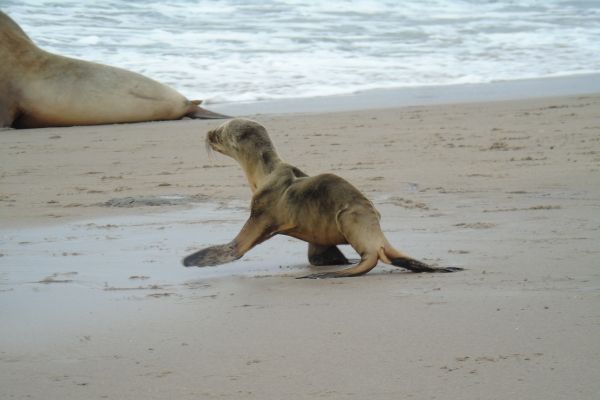When he saw the sampling nets hauled aboard a NOAA research ship off the coast of Oregon in the summer of 2015, Ric Brodeur knew right away something very strange was happening.
Small, shrimp-like krill are food for many other marine species. They usually showed up in such volume that they turned the nets pink.
“It was like night and day compared to previous years,” recalled Brodeur, a research scientist at the Northwest Fisheries Science Center’s Newport, Oregon, Research Station. “We got almost nothing. You could have fit all the krill from the trip into a little plastic bag.”
He was among many West Coast marine scientists who became a kind of early warning system for the marine heat wave. It was unlike any the West Coast had ever experienced before. Starting in the fall of 2013, a ridge of high pressure dampened the normal winter winds across the eastern Pacific Ocean. The sun warmed the sea surface into an ever-expanding hot spot that soon became known as “the Blob.”
Continue reading at NOAA Fisheries.
Image via NOAA Fisheries.


